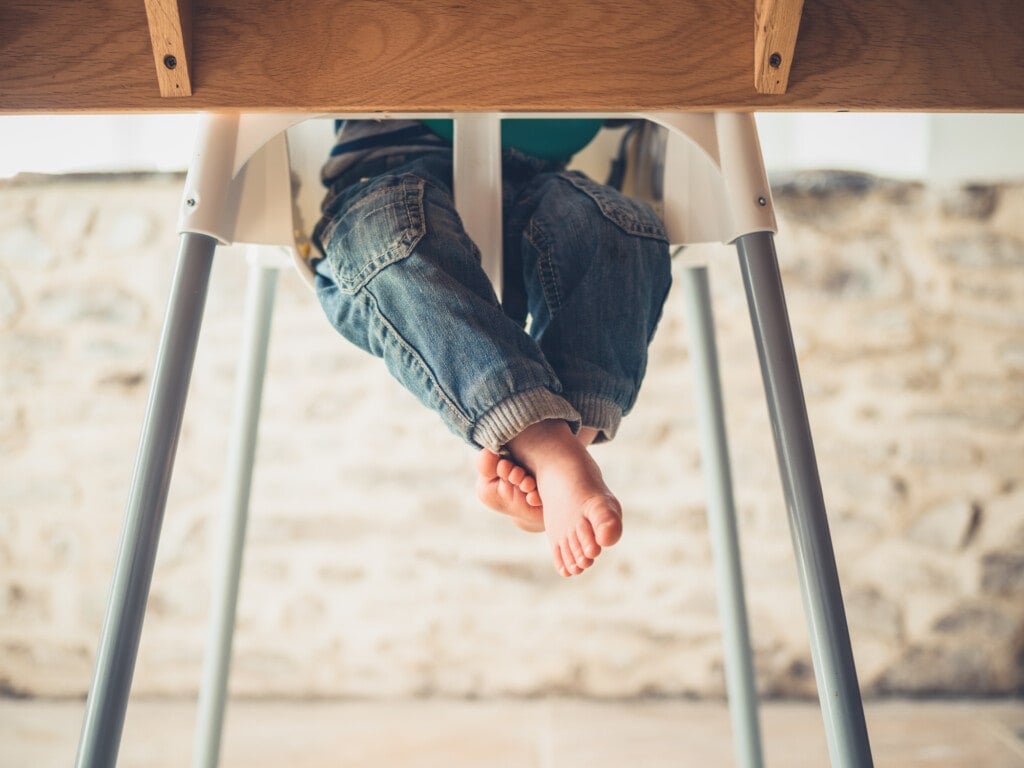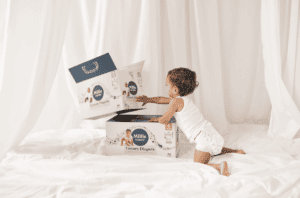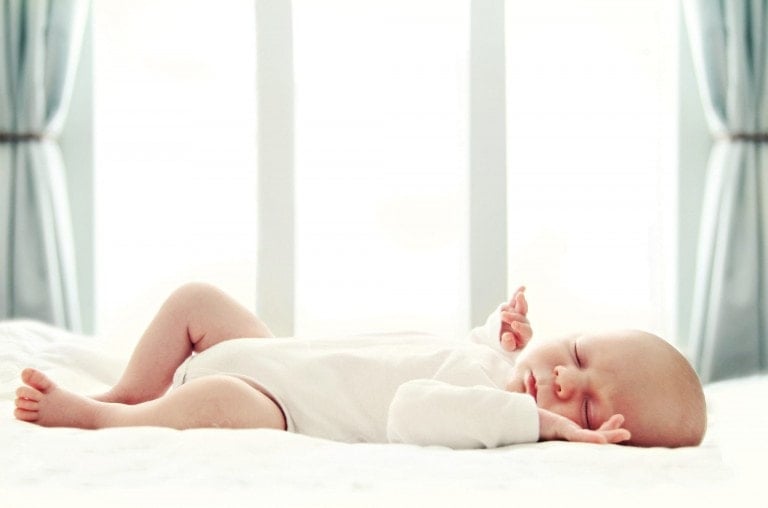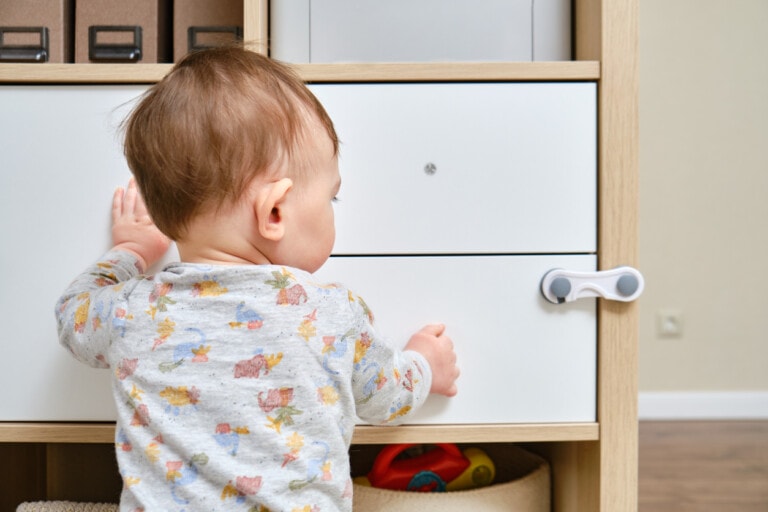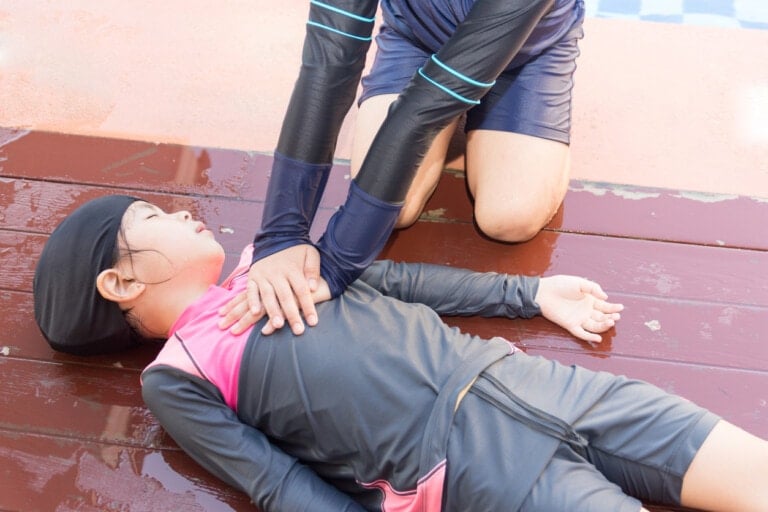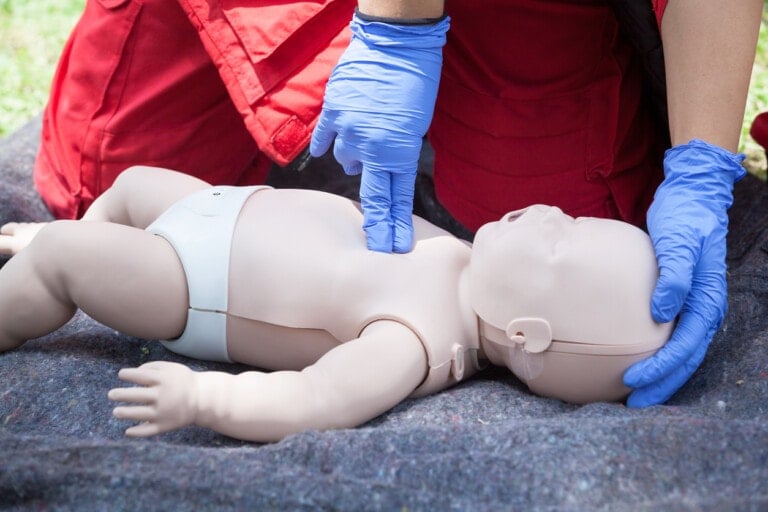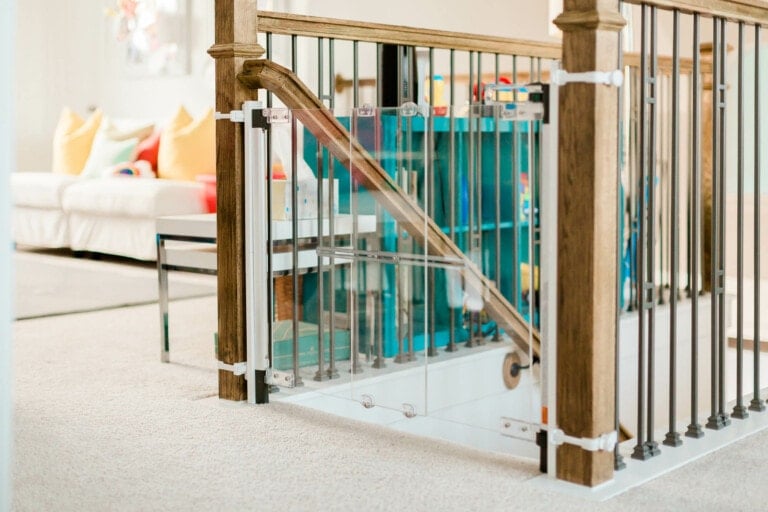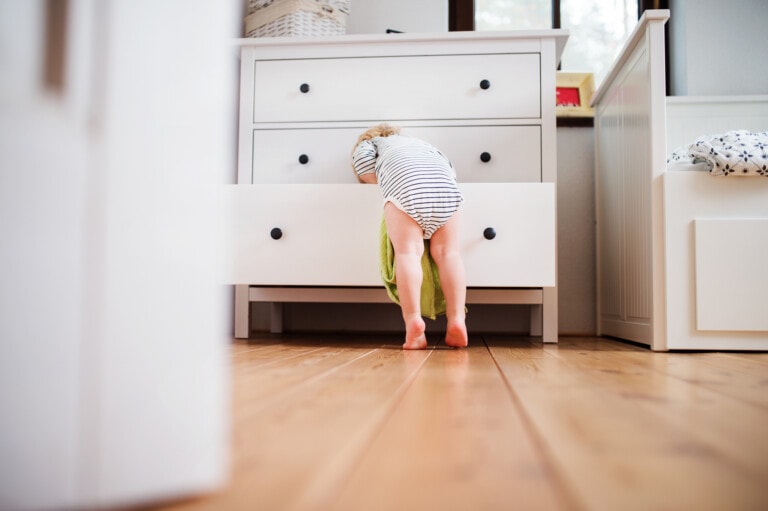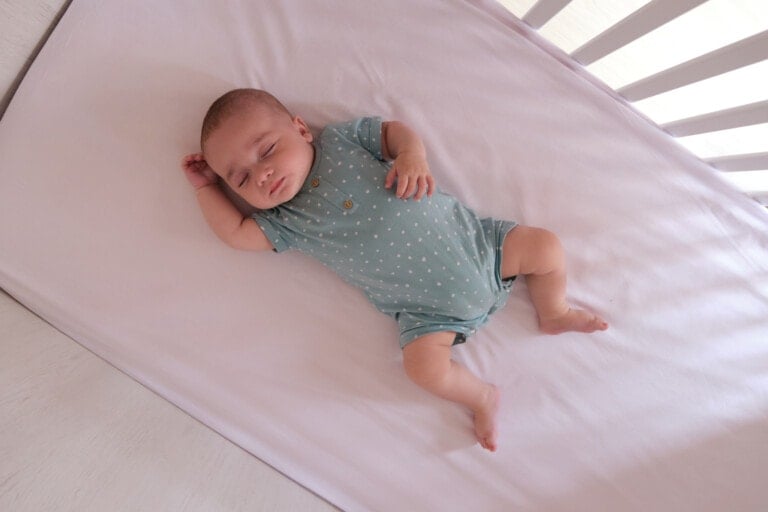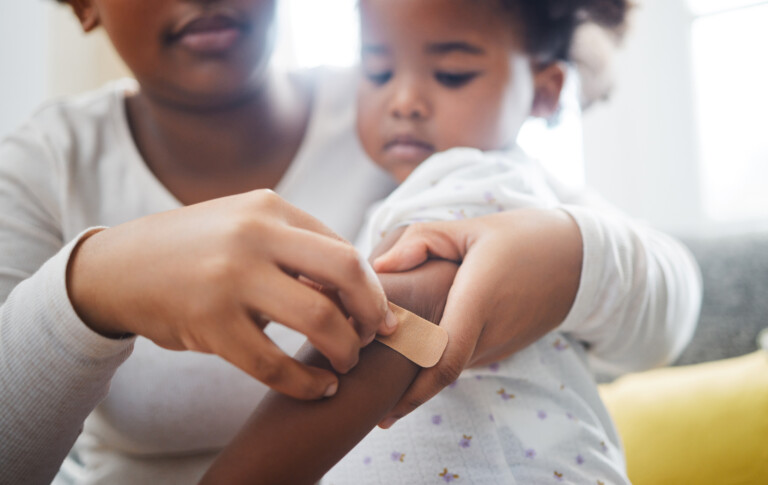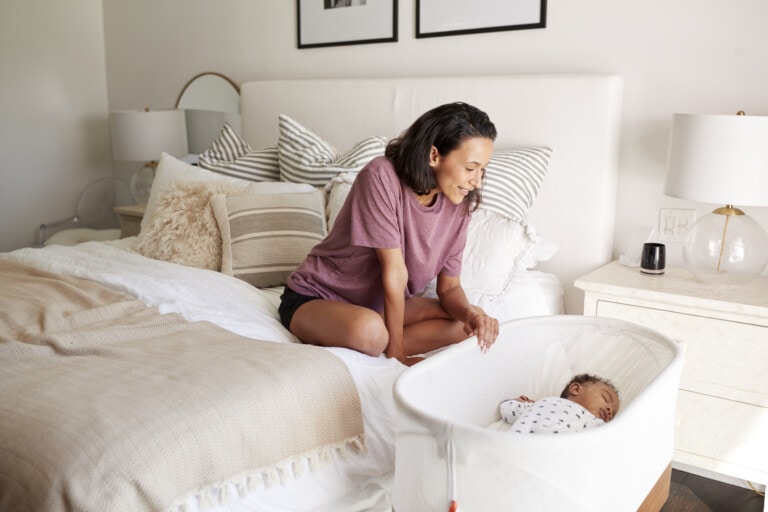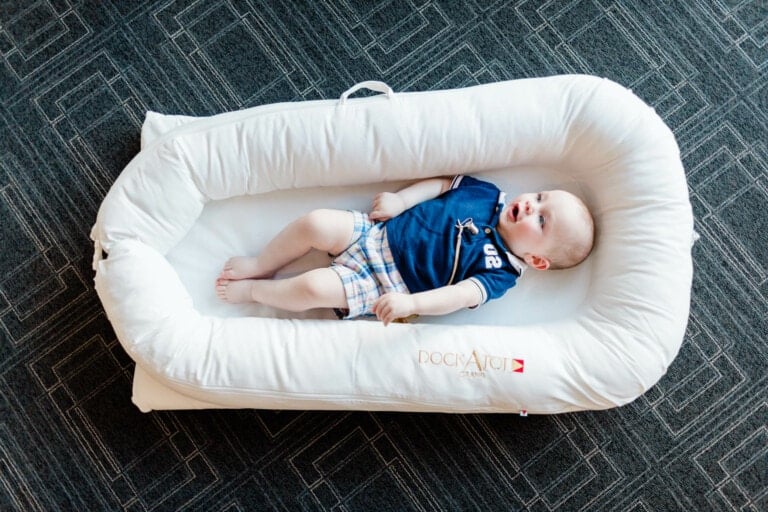In 2013, the Research Institute at Nationwide Children’s Hospital found that 24 children daily, meaning close to ten thousand annually, are treated in the hospital for high chair-related injuries.1 Most of these injuries are due to falls. As a result of falling out of a high chair, many children suffer from head injuries, neck injuries, concussions, mouth injuries, and broken bones. However, falls from high chairs were not the only cause of injuries with high chairs. Choking, burning, cutting, and pinching hazards have also been reported. These are alarming statistics for something that we place our children in daily.
Selecting a high chair was something that, as a parent, I didn’t feel the need to read all the safety measures like I did car seats. However, I have since learned how important it is to know what features are essential and how to avoid common injuries. After all, it is something we entrust our children’s safety to multiple times a day.
14 Safety Tips for High Chair Use
We, as parents, can do many things to ensure the safety of our children in high chairs. Some are very simple measures, while others require us to follow certain guidelines when buying or securing a high chair.
We have compiled 14 safety tips every parent should follow to ensure the safest high chair for our littles.
1. Assemble correctly.
Ensure that your high chair is assembled correctly. This will ensure that the manufacturer’s safety measures are used to their greatest extent. Be sure to routinely check your high chair to ensure all parts are still functioning and safe.
2. Proper placement.
Place the high chair away from other safety hazards, electrical outlets, sharp objects, candles, etc. Your toddler may become very curious while seated, and anything in reach will spike their curiosity.
3. Stable placement.
Make sure the high chair can not be tipped over easily. Most high chairs have a locking mechanism, so make sure it is installed to ensure stability.
4. Safety straps.
Use the safety straps, including the strap that goes between their legs. Do not just rely on the tray for secure seating. The straps will help prevent your child from slipping down, standing up, or falling out of the high chair.
5. Away from the table.
Place the high chair at least 2 feet away from a table or counter. If they can push it against that surface, they may tip the chair.
6. No unattended children.
Never leave your child unattended in their high chair due to the risk of them falling, choking, or being harmed.
7. Footrest placement.
Make sure the footrest is in the correct position on your high chair to give your child the proper support and posture. This helps them sit appropriately while eating to avoid choking, encourage good swallowing, and develop more developmental skills.
8. Travel chairs are not for permanent use.
The type of chair that you select will also affect its safety. You may opt to use a chair that hooks on a table or a counter. Although great for travel, these types of chairs are not meant to be used as permanent high chairs. They can stretch out and lose their security over time.
9. Check for recalls.
As with any baby product, safety measures are constantly changing. Many of us use the same high chair from child to child. Be sure that there are no outstanding recalls on your product. This can easily prevent an accident. You can find the most current recalls at www.cpsc.gov.
10. Use only for eating.
Use the high chair for what it is meant to be used for—eating. Establish this as a routine and boundary set; that way, you will avoid accidents due to the high chair being used for something it’s not intended for, like play, for instance.
11. No standing.
Do not allow your child to stand in their high chair. It is extremely unsafe and could result in many injuries.
12. Clean regularly.
Clean the high chair regularly after use. All the nooks and crevices can collect food and liquid, which can breed mold, causing an unhealthy environment for our children.
13. Certified by JPMA.
The JPMA (Juvenile Products Manufacturers Association) certifies that high chairs meet safety standards.2 Products that meet the established criteria will have the JPMA Certified seal on the high chair itself, the box, or the high chair’s instruction manual. You want to make sure that your product is certified by the JPMA.
14. Set boundaries.
Set boundaries for your older children regarding the proper use of your high chair. Older siblings may want to “help” their younger siblings, but doing this could cause injury to themselves or their younger siblings.
High chairs are such an important product to have for your child. When used correctly, they help promote the safest eating environment for your littles. It is important to know when your child is old enough to be placed in a high chair. You can check this by reading the high chair’s proper weight and height requirements. It is also important to know that to be placed in a high chair is also a developmental milestone. Your child should be able to sit up on their own with little to no assistance and have complete neck control. This will also ensure that your child is the safest they can be while sitting in a high chair.
Parenting can be overwhelming, and we trust the products we use to keep our littles safe. For the most part, they do. But it is also essential that we follow the proper ways to use them to ensure the safest environment possible. Hopefully, these small, simple tips will help ensure that this is the case moving forward.













